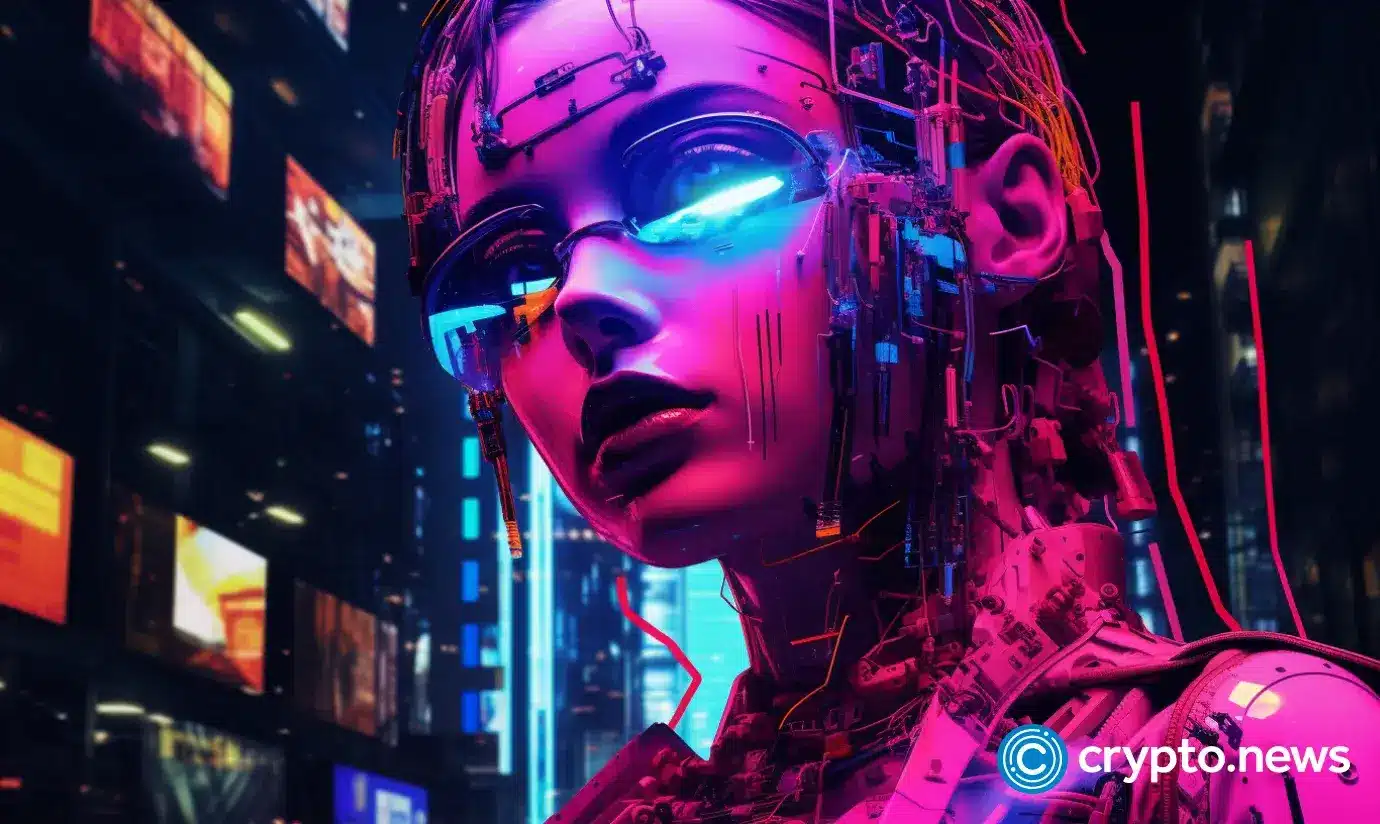
The integration of artificial intelligence (AI) and web3 technology has the potential to revolutionize various industries, creating new business models and enhancing user experiences. While there is a lot of hype surrounding the disruptive potential of AI, the reality is that the transition to a completely automated and decentralized future will likely be gradual over the next decade.
The concept of “built-in AI” represents the next phase of AI app development. Instead of simply using AI as a developer tool, these apps leverage AI as a core part of their functionality, creating unique value and business models. For example, an e-commerce app built by AI may have pre-defined templates and automate certain processes, but it might not adapt over time. On the other hand, an AI-driven e-commerce app would use machine learning algorithms to personalize product recommendations based on user data and provide real-time customer service.
Similar examples can be found in the healthcare and transportation sectors. A healthcare app built by AI may have basic features but not learn from user interactions, while an AI-driven healthcare app could predict potential health risks, respond to user queries, and aid in diagnosis and treatment decisions. Similarly, a transportation app built by AI may match drivers with passengers but not adapt to changes in traffic patterns, whereas an AI-driven transportation app could optimize routes, predict demand, and analyze driver behavior.
The real value of AI lies in its ability to learn from data and user interactions, which leads to significant improvements in user experience and operational efficiency. By incorporating “built-in AI” into web3 technology, the benefits of both can be amplified. Blockchain technology has already demonstrated its strength in fostering communities, aligning incentives, and amplifying network effects. Adding AI to these systems introduces intelligent automation, enhancing efficiency and scalability.
The combination of AI and web3 technology has the potential to create exponential growth in content creation and community building. For example, a music app that rewards creators based on their use of AI can exponentially grow both its user base and content library. This partnership can extend beyond music to broader societal impact, such as using AI and web3 to improve access to clean water and financial services in underserved regions.
The integration of AI and web3 technology will drive the next phase of digital evolution, empowering decentralization and creating new models of business, communication, and creativity. Web3 communities, built on trust, transparency, and shared ownership, can benefit from the efficiency and analytical power of AI. This partnership brings together the best of both worlds, accelerating the development of decentralized business models and technologies.
In conclusion, while the journey towards a fully automated and decentralized future will be incremental, the integration of AI and web3 technology has the potential to create a technological powerhouse and drive an explosion of new business models and technologies. The future is not AI built by humans but rather AI built with humans, where the collaboration between AI and web3 will shape the next phase of digital innovation.






